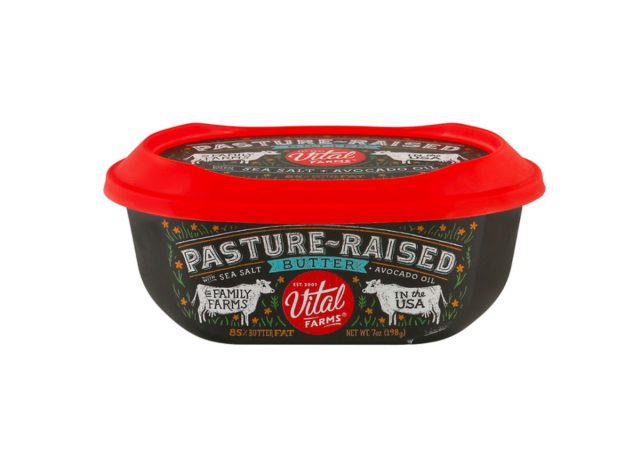Children who develop up on farms have a lower hazard of growing bronchial asthma, and now it seems that may be due to microbes that also can be located in urban and suburban homes. Pirkka Kirjavainen on the National Institute for Health and Welfare in Finland and his colleagues analyzed the microbes from living room floor dust from the homes of 197 kids dwelling in rural regions of Finland – half residing on farms – and 182 children residing in suburban or urban places. They took those samples when the children have been 2 months vintage and possibly crawling and uncovered microbes on the ground. Then they observed up at 6 years old to see what number of kids were recognized with asthma.

For the agricultural institution, there was a clean difference inside the dirt discovered in farms compared to different houses. The dirt from farm homes had an excessive form of bacteria, including those from cattle that were now not found in non-farm houses. Non-farm houses had a better percentage of human-related bacteria and contributors of the Streptococcaceae own family and Staphylococcus genus.
These variations had been related to differences in allergies fees, with bronchial asthma being rarest amongst youngsters added up on farms. About 19% of the kids on non-farm houses had bronchial asthma, while the handiest 9 in line with cent of children on farms did. “Where there are more outside microbes and a low abundance of human microbes, we see decrease bronchial asthma quotes,” says Kirjavainen.
For the suburban kids, they found that the homes with a microbial network that turned into maximum like that of farm homes were correlated with a lower risk of allergies within the children at age 6, while bronchial asthma tends to develop. There is a sign that formative years of exposure topics the most. Later publicity might seem to have power on allergies. However, that is the most excellent window to a degree,” says Kirjavainen.
When the crew studied blood samples from the youngsters, they found that those in homes with greater farm-like microorganisms didn’t produce immune responses to the microorganism to tolerate them better. The team then replicated this study with a collection of 1031 German children and located the identical dating between farm-like microbes in non-farm houses and a discounted risk of formative years asthma.
Kirjavainen says a small association exists between having pets and farm-like microbes in the domestic, which might be because of the animals bringing in soil debris. The group saw no impact once they considered gender, parental allergies, maternal training, smoking for the duration of being pregnant, or the number of siblings a child had. The next step is to decide what it is about the microbes that make them useful and probably devise a remedy that might result in these immune system effects in kids.
Asthma is a recurring condition in which certain stimuli cause the airways to narrow for a while, making a person have difficulty breathing. Although asthma can occur at any age, it often occurs in children, especially in children from 5 years. Some children have asthma until their adulthood. Most children who have asthma can still interact with their environment, except in an asthma attack. Only a few children are resistant to drugs to prevent asthma and need daily to do sports and play normally.














